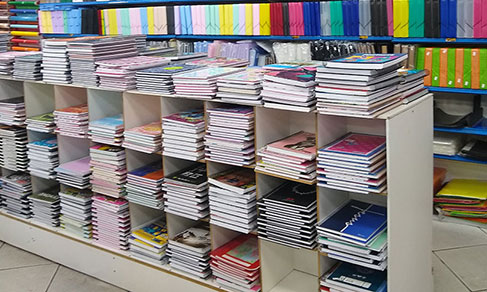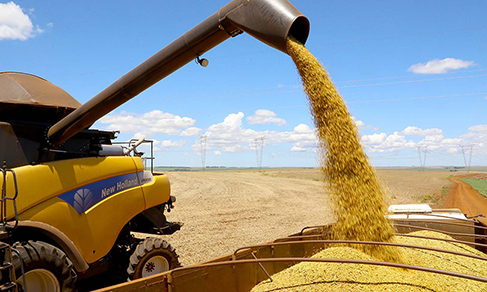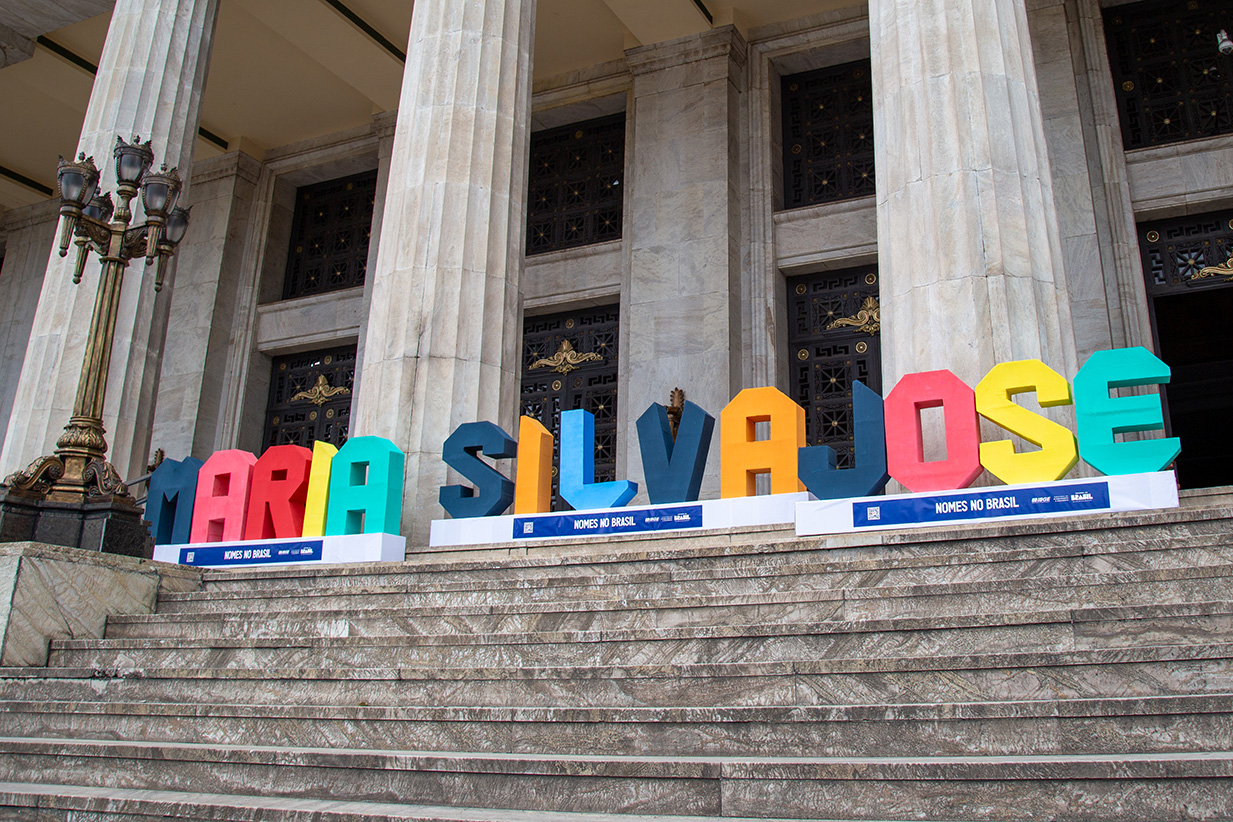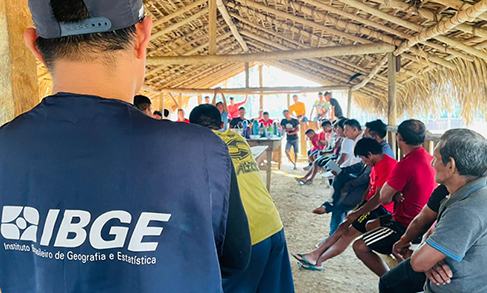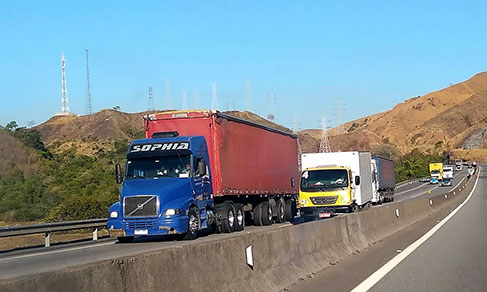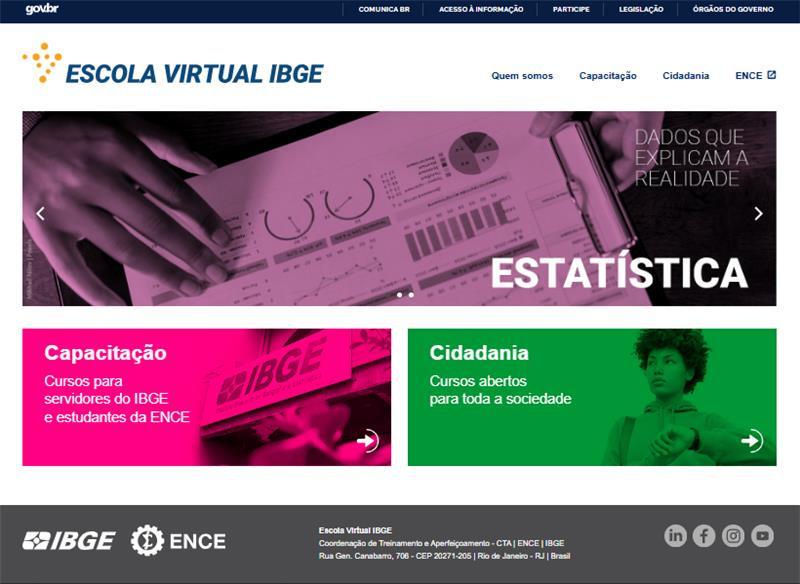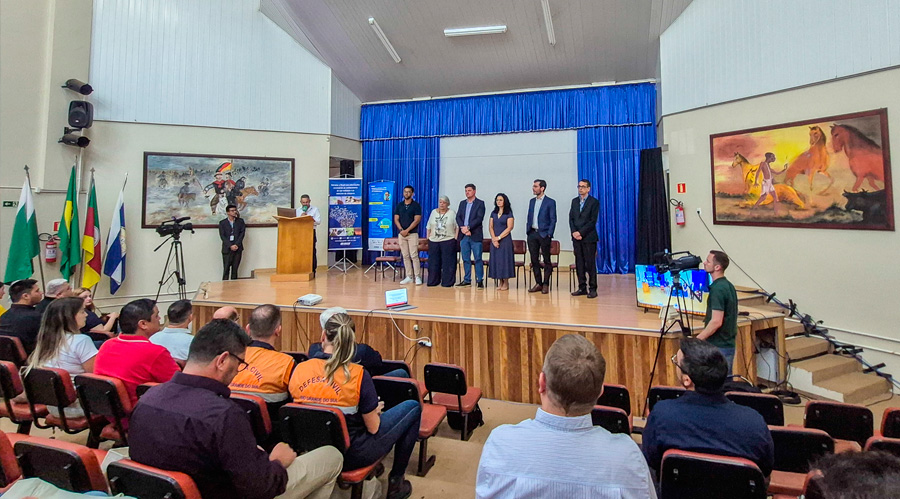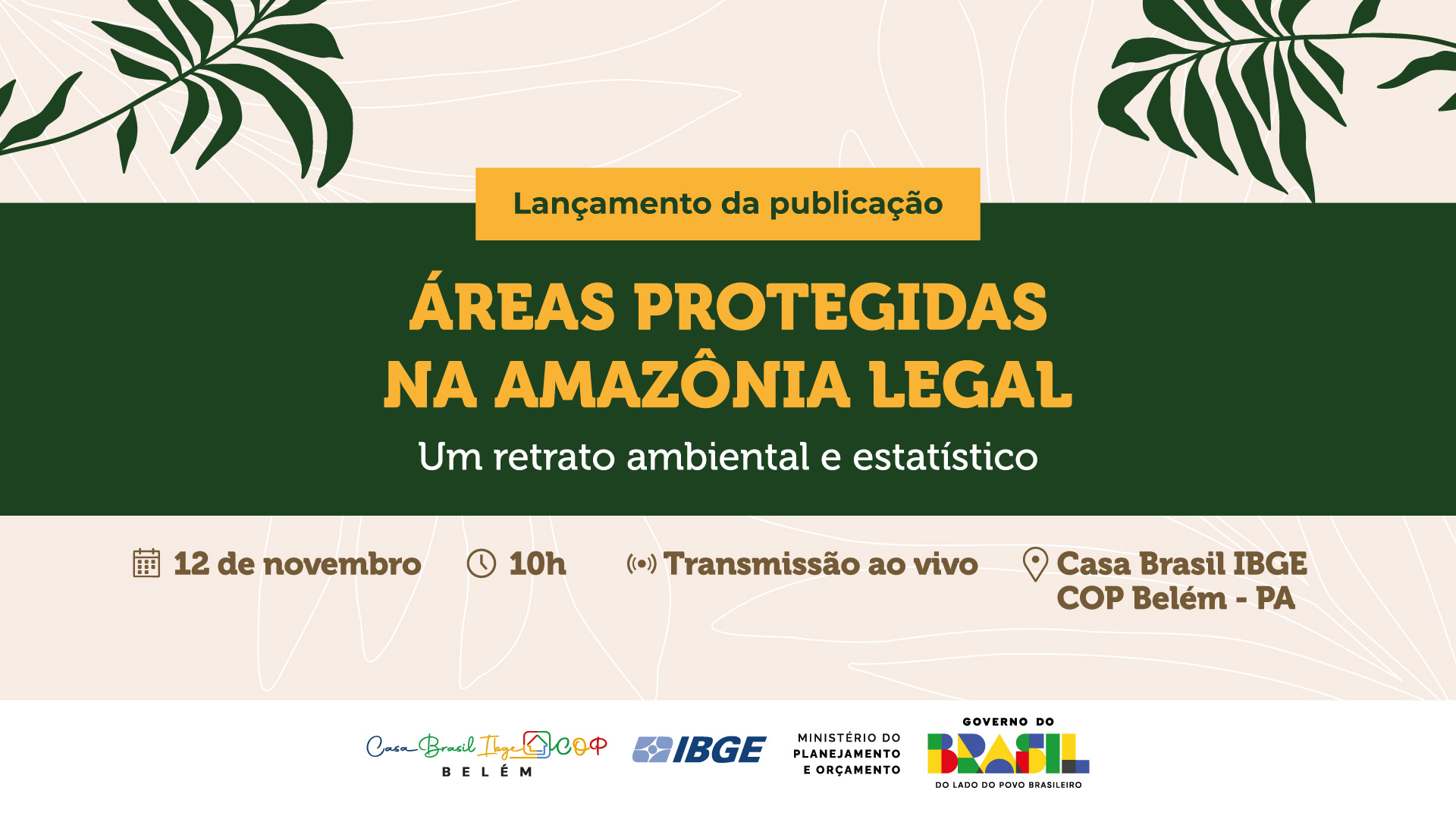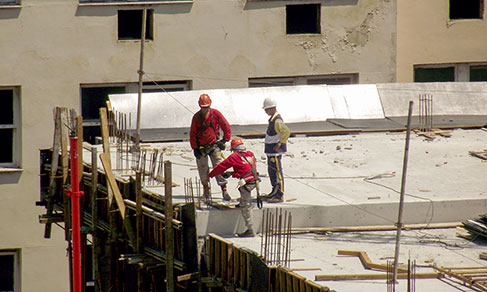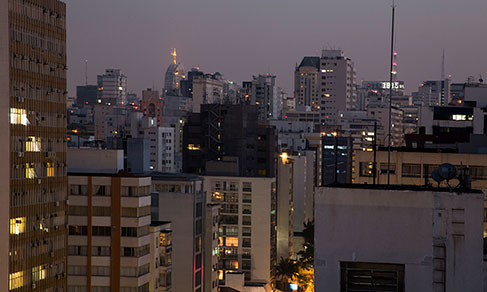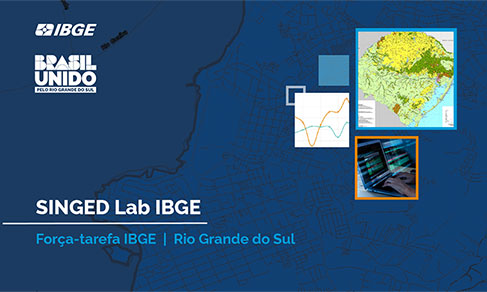Geosciences
IBGE releases 2024 update of geographic divisions in Brazil
June 24, 2025 10h00 AM | Last Updated: June 24, 2025 02h56 PM
Highlights
- The IBGE makes available the 2024 update of the Geographic Reference Framework for the Production, Analyses and Dissemination of Statistics;
- In this update, only one metropolitan area (RM) had its composition changed: the municipality of Campo Verde (MT) was included in the metropolitan Area of Vale do Rio Cuiabá/MT;
- The name of one existing RM was changed: in Santa Catarina, the Metropolitan Area of Vale do Itajaí (SC) had its name changed into Metropolitan Area of Vale Europeu (SC);
- The Brazilian Semiarid region is now officially formed by 1,477 municipalities in the states of Maranhão, Piauí, Ceará, Rio Grande do Norte, Paraíba, Pernambuco, Alagoas, Sergipe, Bahia, Minas Gerais and Espírito Santo.
- The Legal Amazon encompasses 772 municipalities, with an area of 5,014,107,875 km2, more than 58% of the Brazilian territory.
- The borderland strip has a total area of 1,421,332.566 km2 (16.7% of the total in the country) and 33 national twin cities.
- Municipalities facing the sea form an area of 251,301.606 km2, corresponding to 2.95% of the Brazilian territory.

The IBGE makes available today (24) the 2024 update of 21 legal territorial and institutional divisions that form the Geographic Reference Framework for the Production, Analyses and Dissemination of Statistics.
Information can be found on the Geographic Chart page on the IBGE portal, where the user can search a division of interest by name and year of reference, find its definition, access metadata, view it on the Interactive Geographic Platform and also consult statistical tables with results for that specific Division, besides downloading information in different formats.
The IBGE Territorial Structures Coordinator, Roberto Ferreira Tavares, explains that “all of these publications derive from the 2024 Digital Municipal Mesh, which is the basic product used by IBGE in the tabulation of surveys. Thus, the divisions now available provide a consistent basis for the compilation of statistics for each metropolitan area. In addition, many of these products have new attributes that meet demands presented by users through questions and customer service through official channels.”
Rafael Damiati, head of the Geographic Framework sector, highlighted that “this is the biggest update of the Geographic Framework sections carried out this year. It brings together all the legal sections of the regional division materialized by IBGE, in addition to other institutional sections. With this release, we reaffirm our commitment to keeping the sections updated and easily accessible for users.”
Municipality of Campo Verde (MT) is included in the Metropolitan Area of Vale do Rio Cuiabá/MT
In this update, only one metropolitan area (RM) had its composition changed: the municipality of Campo Verde (MT) was included in the Metropolitan Region of Vale do Rio Cuiabá/MT by means of State Complementary Law No. 796, of June 26, 2024.
However, there was a change in name for an existing metropolitan area: in Santa Catarina, the Metropolitan Area of Vale do Itajaí (SC) had its name changed to Metropolitan Area of Vale Europeu (SC) by means of State Complementary Law No. 860/2024, of May 22, 2024. Its composition, however, remains unchanged.
Brazilian Semiarid Region has 1,477 municipalities
The composition of the Brazilian Semiarid Region was confirmed as having 1,477 municipalities in the states of Maranhão, Piauí, Ceará, Rio Grande do Norte, Paraíba, Pernambuco, Alagoas, Sergipe, Bahia, Minas Gerais and Espírito Santo.
Of the municipalities considered, 1,427 were already part of the previous delimitation and had their permanence confirmed. The 50 municipalities that were previously part of the delimited area and that might have been excluded from the Brazilian Semiarid Region had their temporary permanence ratified by Condel/Sudene Resolution No. 176, of January 3, 2024. The aforementioned Resolution ensures the permanence of these 50 municipalities in the Semiarid Region for a period of one year from the date of its publication in the Official Gazette.
Legal Amazon occupies 5,014,107.875 km2, approximately 58% of the Brazilian territory
The Legal Amazon, delimited in accordance with Article 2 of Complementary Law No. 124, of January 3, 2007, was established with the objective of defining the geographic boundaries of the political reach of the Superintendency for the Development of the Amazon – SUDAM, with the purpose of promoting the inclusive and sustainable development of its area of operation and the competitive integration of the regional productive basis in the national and international economy.
According to the recent publication of the municipal mesh, the Legal Amazon has an area of 5,014,107.875 km2, corresponding to 58.924% of the Brazilian territory. Of the total of 772 municipalities that make up the Legal Amazon, 766 are located within the Legal Amazon area and six of them are located west of the 44th Meridian, in the state of Maranhão.
The Borderland Strip comprises 588 municipalities, besides Lagoa Mirim and Lagoa dos Patos in Rio Grande do Sul, which are located entirely or in part within a 150 km zone from Brazil's international land borders with other South American countries. This section represents "the strip up to one hundred and fifty kilometers wide, along the land borders", according to article 20, paragraph 2 of the Federal Constitution. Based on this definition, which accepts the parameters of Law No. 6,634, of May 2, 1979, the IBGE, for geoscientific and statistical purposes, identifies and represents the 588 Brazilian municipalities with an area totally or partially located in the Borderland Strip, distributed across 11 states.
The borderland strip for 2024 has a total area of 1,421,332.566 km2 (16.7% of the country's area). The sum of the areas of municipalities that are fully and partially within this strip amounts to 2,263,800.618 km2, corresponding to 26.6% of the Brazilian territory.
The IBGE also highlights 33 Twin Cities along approximately 17 thousand kilometers of international border. Twin Cities can be defined as those that are next to each other, but in different countries and that require specific public policies to meet their great potential for economic and cultural integration, as well as to address the specific problems of borderland cities, according to Art. 1 of Ordinance No. 2,507, of October 5, 2021 of the Ministry of Regional Development/Ministry Office.
The area of Municipalities Facing the Sea was also updated in accordance with the 2024 mesh. This section indicates the municipalities that are part of the approximately 12,000 km of coastline. This list has 279 municipalities in 17 states, in addition to Lagoa dos Patos (RS). The sum of the areas of these municipalities and the area of Lagoa dos Patos constitutes a surface area of 251,301.606 km2, corresponding to 2.95% of the Brazilian territory.
Another geographic division that had only its boundaries changed, becoming compatible with the 2024 mesh, was that of Municipalities in the SUFRAMA Area of Operation. The Superintendency of the Manaus Free Trade Zone (SUFRAMA), a federal agency linked to the Ministry of Development, Industry, Commerce and Services, was created by Decree-Law No. 288, of February 28, 1967 to manage the area of operation and the provision of services related to the Manaus Free Trade Zone (ZFM).
IBGE and legal and institutional territorial divisions
The IBGE also adjusted the limits of several divisions so that they are compatible with the 2024 municipal mesh. These are: Legal Amazon, SUFRAMA's Area of Operation, SUDENE's Area of Operation, Semi-Arid Region, Municipalities Facing the Sea, Coastal Municipalities, Municipalities in the Border Strip, MATOPIBA, Population Arrangement, Urban Concentration, Urban Hierarchy, Geographic Mesoregion, Geographic Microregion, Metropolitan Division, Metropolitan Category, Metropolitan Subcategory, Urban Cluster, Expanded Urban Articulation Region, Intermediate Urban Articulation Region, Immediate Urban Articulation Region and Rural Region, in addition to the Immediate Geographic Region and Intermediate Geographic Region, already published in April 2025.
The new municipality of Boa Esperança do Norte (MT) was included in the relevant geographic areas, namely: Legal Amazon, Geographic Mesoregion, Geographic Microregion, Immediate Geographic Region, Intermediate Geographic Region, Expanded Urban Articulation Region, Intermediate Urban Articulation Region, Immediate Urban Articulation Region and Rural Region.
The legal geographic areas are administrative areas defined by law or normative acts of other public institutions with which IBGE is committed to making statistics available due to their relevance to public policies.
The IBGE institutional divisions were created by the Institute specifically for the production, dissemination and analysis of official statistics. This means that these sections are designed to meet the collection and operation requirements of censuses and other surveys, as well as the geographic studies essential for these statistics, in order to produce varied and relevant sections for public planning and management, in addition to inputs for private sector investments.
The update of the legal or institutional territorial divisions of Brazil is in line with the commitments made by IBGE to the Brazilian society. Every year, the Institute publishes the most relevant territorial divisions for the production of surveys and statistics that allow the generation of knowledge about the country, thus fulfilling the institutional mission of portraying Brazil with necessary information for the understanding of its reality and the exercise of citizenship. Even though the IBGE is not the agency responsible for creating or updating many of these divisions, they are present in the daily lives of millions of Brazilians. For this reason, they are relevant for the production of information capable of changing the country for the better.




